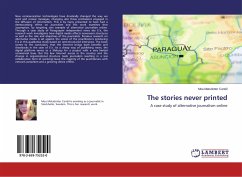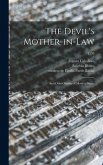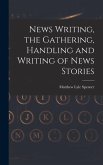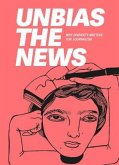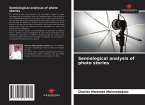New communication technologies have drastically changed the way we send and receive messages, changing also those professions engaged in the diffusion of information. This is by many presumed to have had a democratising effect on journalism and this work examines that assumption, by targeting one example of alternative journalism online. Through a case study of Paraguayan independent news site E'a, the research work investigates how digital media affects newsroom structures as well as the role and objectives of the journalists. Previous research on alternative media is set against the voices of the practitioners producing E'a in this qualitative study based on semi-structured interviews. The book comes to the conclusion, that the Internet brings both benefits and drawbacks in the case of E'a. As a cheap way of publishing news, the digital platform serves as a lifebuoy for a project with a very limited commercial base. But the low Internet access in the country and the change in organizational structure (web journalism resulting in a less collaborative form of working) leave the majority of the practitioners with network pessimism and a growing desire offline.
Bitte wählen Sie Ihr Anliegen aus.
Rechnungen
Retourenschein anfordern
Bestellstatus
Storno

